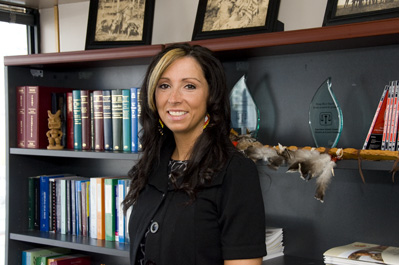Reconciliation has become the buzz word of the decade ever since the Truth and Reconciliation Commission (TRC) of Canada published their report on residential schools in Canada.* The TRC, headed by (then) Justice Murray Sinclair, heard from residential school survivors, families and native communities from all over Canada about their experiences in residential schools and their…
Continue reading…about Reconciliation with Indigenous Peoples in Universities and Colleges
